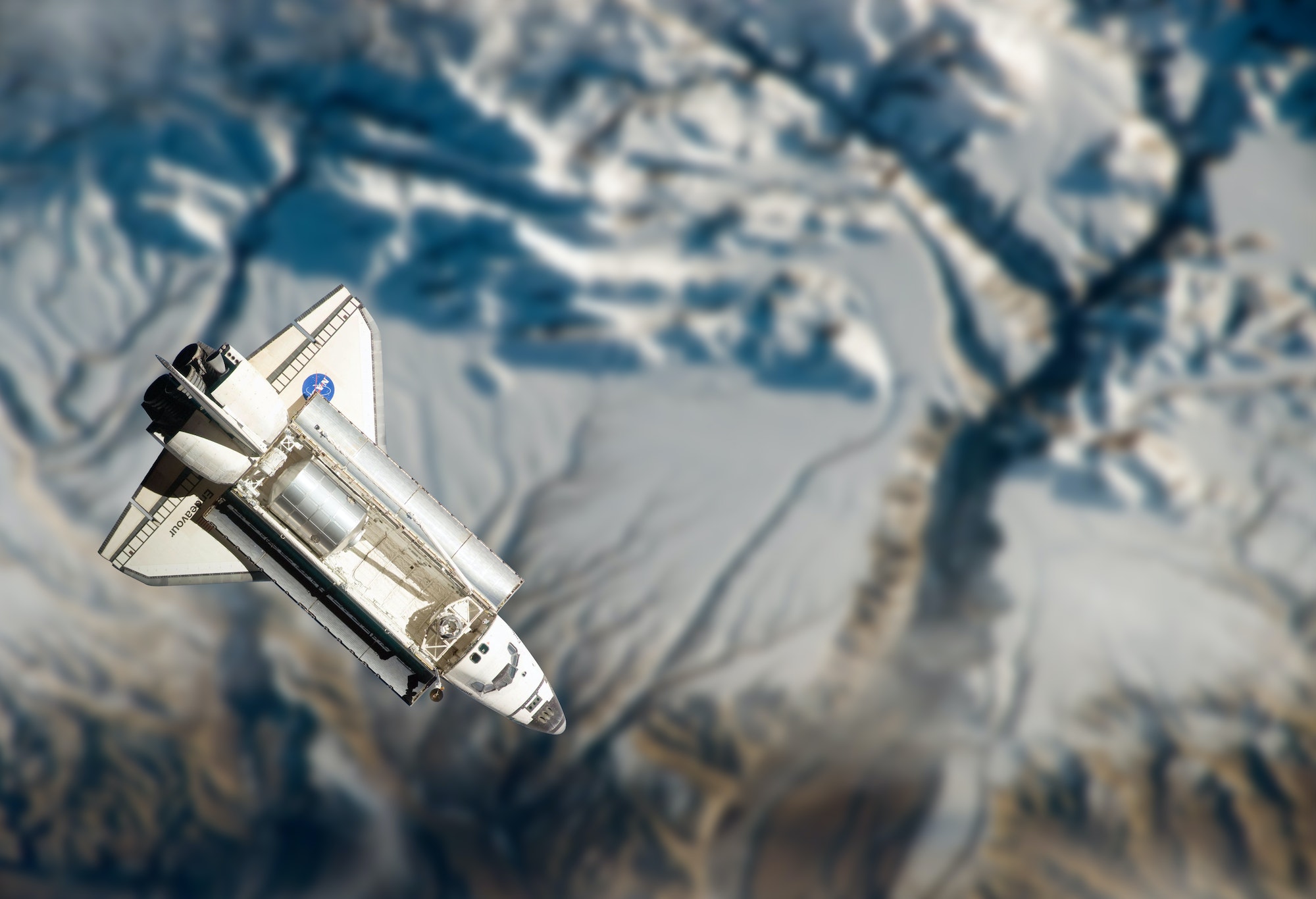Russia had big plans for their Luna-25 spacecraft: it was going to land on the Moon and do some major exploring. Everyone was excited because this was the first time Russia was sending something to the Moon in almost 50 years. Sadly, things didn’t go as planned.

Launching the Dream
On August 11, Luna-25 took off. The goal? To explore the south pole of the Moon. This part of the Moon is interesting because it has some cool craters and maybe even frozen water. People were hoping to learn a lot from this mission.
A Big Problem
The spacecraft was getting ready to land when suddenly something went wrong. It lost control and ended up crashing into the Moon. Roscosmos, Russia’s space agency, announced the bad news: the spacecraft, which weighed 800kg, was destroyed.

What This Means for Russia’s Space Plans
The crash was a huge blow for Roscosmos. They’ve been facing some challenges lately, especially as there’s more focus on military stuff rather than exploring space. This mission was supposed to be a big win for them.
The Race to the Moon Continues
Even though Luna-25 crashed, the race to explore the Moon isn’t over. India is also trying to land on the Moon’s south pole with their Chandrayaan-3 spacecraft. This part of the Moon is a big deal because finding water there could change how we think about space resources.

What We Can Learn
Even though the mission failed, there’s still a lot we can take away from it. Space is unpredictable and hard to navigate. But, each time we try and face challenges, we learn more about what to do (and what not to do) next time.
Looking Ahead
Now, it’s about what comes next. While Luna-25’s crash is sad, it’s important to keep pushing forward and trying again. It’s all about learning and growing. The dream of exploring space is still very much alive, and the lessons from Luna-25 will help shape future missions.
In short, space is tough, but we’re not giving up. There’s a whole universe out there waiting to be explored, and we’re ready for the challenge.

FAQ: Russia’s Luna-25 Moon Mission
Q1: What was the purpose of the Luna-25 mission?
A1: Luna-25 was launched by Russia to land on and explore the south pole of the Moon. The mission aimed to study the unique craters in the area, and researchers were especially excited about the potential to find frozen water.
Q2: When was Luna-25 launched?
A2: Luna-25 took off on August 11.
Q3: What happened to the Luna-25 spacecraft?
A3: Unfortunately, Luna-25 faced technical problems while trying to land and ended up crashing into the Moon.
Q4: Who is responsible for the Luna-25 mission?
A4: Roscosmos, Russia’s space agency, was in charge of the Luna-25 mission.
Q5: Why is the Moon’s south pole significant?
A5: The Moon’s south pole is intriguing because it might have frozen water and other valuable resources. It’s also home to some unique craters that scientists are eager to study.
Q6: Is Russia the only country trying to explore the Moon’s south pole?
A6: No, India is also aiming to explore the same region with their Chandrayaan-3 spacecraft.
Q7: What does Luna-25’s failure mean for future space missions?
A7: While the crash is disappointing, such challenges provide valuable lessons for future space missions. Every setback offers insights into improvements for the next mission.
Q8: Will there be another attempt to explore the Moon by Russia?
A8: While the article doesn’t specify, given the history of space exploration, it’s likely that Russia will continue its efforts in space and may plan future missions to the Moon.
Sources BBC News



Pingback: Chandrayaan-3: India’s Cool Trip to the Moon - Linkdood Technologies